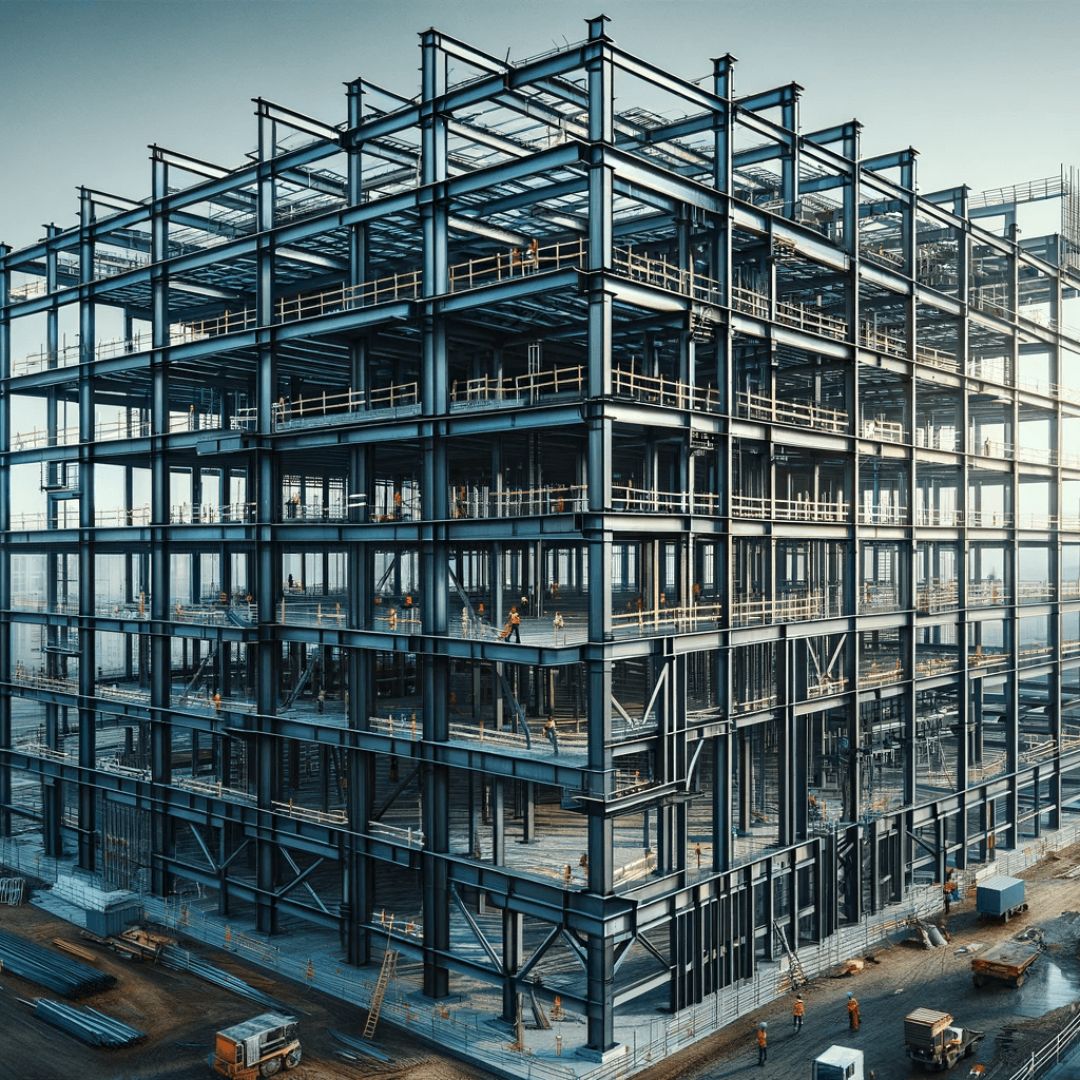Steel buildings have become a popular choice for various construction projects due to their durability and cost-effectiveness. In cities like Winnipeg, where the weather can be unpredictable and harsh, the strength of steel structures is put to the test. This article will explore how steel buildings construction in Winnipeg can withstand extreme weather conditions, providing safety and security for their occupants.
Steel Buildings and Cold Weather
Winnipeg is known for its cold winters, with temperatures often dropping well below freezing. Steel buildings are particularly suited for such conditions. Unlike wood, steel does not warp, crack, or shrink in response to freezing temperatures. This resistance to cold ensures that the structure remains stable and secure, even during the harshest winter months.
Steel’s ability to maintain its shape and strength in freezing temperatures is a major advantage. When temperatures drop, other materials may become brittle and prone to damage. However, steel retains its structural integrity, preventing any potential collapse or significant damage.
Additionally, steel buildings can be insulated effectively. Adequate insulation keeps indoor temperatures steady, minimizing the energy needed for heating. This is particularly important in Winnipeg, where heating costs can be a significant concern during winter.
Resilience in High Winds
Winnipeg often experiences strong winds, especially during the spring and fall. Steel buildings construction in Winnipeg is designed to withstand these high winds better than many traditional building materials. The strength of steel provides a sturdy framework that can resist bending or breaking under wind pressure.
The flexibility of steel allows it to absorb and distribute the force of the wind, reducing the likelihood of damage. Unlike wood, which can snap under pressure, or brick, which can crack, steel bends slightly and then returns to its original shape. This characteristic makes steel buildings particularly resilient in high-wind areas.
Furthermore, the design of steel buildings can be optimized to enhance wind resistance. Engineers can use specialized designs that channel wind flow over the structure, minimizing wind pressure on the building’s surface. This thoughtful design consideration further enhances the safety and durability of steel buildings in windy conditions.
Steel Buildings and Heavy Snow Loads
Heavy snowfall is a common occurrence in Winnipeg. The weight of accumulated snow can be a major concern for building owners, as it can lead to roof collapses or other structural failures. However, steel buildings are designed to handle heavy snow loads effectively.
Steel’s high strength-to-weight ratio means that steel buildings can support more weight than structures made from other materials. This is particularly important for roofs, which bear the brunt of snow accumulation. Steel buildings can be designed with steeply pitched roofs that allow snow to slide off easily, reducing the risk of snow buildup and the associated stress on the structure.
In addition, steel buildings are often constructed with reinforced frames and supports. These reinforcements provide extra stability, ensuring that the building can carry the heavy load of snow without any risk of collapse. Regular maintenance, such as removing excess snow from the roof, further enhances the building’s ability to withstand winter weather.
Fire Resistance in Dry Conditions
While Winnipeg is more commonly associated with cold and snow, dry conditions and the risk of wildfires are also concerns, particularly in the warmer months. Steel buildings offer superior fire resistance compared to wood or other combustible materials.
Steel does not burn, and it can contain a fire, preventing it from spreading to other parts of the building or adjacent structures. This fire resistance is a crucial safety feature, especially in areas prone to wildfires or accidental fires. Steel buildings are often designed with fire-resistant coatings and materials, further enhancing their ability to withstand fire and protect occupants and property.
In the event of a fire, steel buildings maintain their structural integrity longer than wood or concrete buildings. This durability gives occupants more time to evacuate and reduces the likelihood of a complete structural collapse. Fire resistance is an important consideration in any construction project, and steel buildings excel in this area.
Protection Against Seismic Activity
While not as common as other weather events, seismic activity can still pose a risk in certain regions. Steel buildings offer excellent protection against earthquakes due to their flexibility and strength. Unlike rigid materials, steel can flex and disperse the energy from an earthquake, lowering the chance of structural damage.
The flexibility of steel is particularly important in seismic zones. When an earthquake occurs, the ground shifts, and buildings are subjected to intense forces. Steel’s ability to bend without breaking makes it an ideal material for withstanding these forces. Steel buildings are often designed with reinforced joints and connections, which further enhance their ability to withstand seismic activity.
In summary
Steel buildings are an excellent choice for construction projects in Winnipeg and other areas with extreme weather conditions. Their ability to withstand cold temperatures, high winds, heavy snow loads, fire, and even seismic activity makes them a durable and reliable option. Whether you’re considering a steel buildings package in Winnipeg for commercial, industrial, or residential use, you can be confident that steel structures will provide the strength and resilience needed to protect your investment and ensure the safety of occupants.





Comments